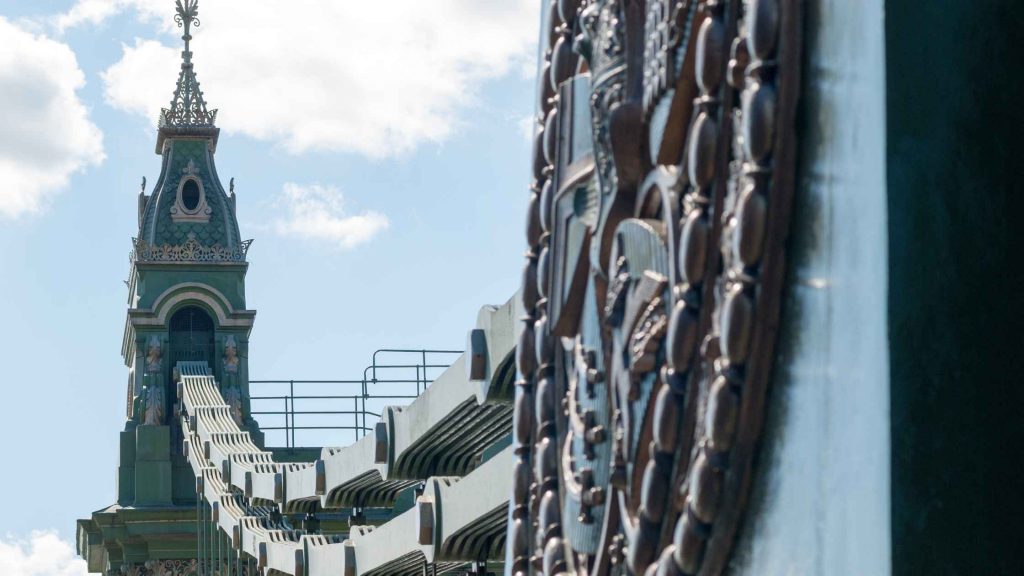You may have only just come across Section 7 Reports and not know what they are or who writes them. You’re in the right place. In this blog, we will...
Continue readingWhen purchasing a home you should always make sure your surveyor or a Japanese Knotweed specialist check for Japanese Knotweed.
You must make sure (depending on which type of survey you have carried out) if the surveyor will be checking whether Japanese Knotweed is located on or near the property. If your surveyor does not check for Japanese Knotweed then you should make sure that you instruct a specialist to check for Japanese Knotweed.
Japanese Knotweed will not always be apparent (i.e. if it has been cut back either partially or completely) so your surveyor or specialist may not be able to detect it. This is another reason why you should be extra careful. Cutting it back completely will not eradicate it. We have been advised by a specialist Japanese Knotweed treatment company that cutting it back yourself is not advisable as this may make it spread to other areas and may make it more difficult for the Japanese Knotweed specialist to eradicate. Japanese Knotweed must be eradicated by a Specialist Japanese Knotweed eradication company and this process will take time.
Overview
Japanese Knotweed is an invasive species of plant, originally introduced as an ornamental variety. If left untreated it can cause physical damage to property. However, it can be successfully treated and eradicated – although, depending on how invasively the knotweed is established, this can be both difficult and expensive, and repeated treatments over years may potentially be necessary. * (a)
What is Japanese Knotweed?
Japanese knotweed (Fallopia japonica) is a large perennial plant that grows throughout much of the UK. It was imported to Britain from Japan during the mid 19th century as popular ornamental feature to many gardens. Today, Japanese knotweed is recognised as one of the most invasive species present in the UK and is known for rapidly spreading and causing substantial damage to areas where it is present. * (b)
Why is Japanese knotweed a problem?
Being a non – native species to the United Kingdom, Japanese knotweed is able to grow rapidly and in many cases dominate its surrounding environment. Significant costs can result from the presence of Japanese knotweed growing in urban environments due to the damage it can cause to property. * (b)
What damage can Japanese knotweed cause?
Japanese knotweed is able to colonise a variety of urban and rural environments. Due to its ability to exploit weaknesses in construction material, such as concrete and tarmac, new knotweed growth can cause damage to structures and roads thus affecting the value of property as it rapidly develops. * (b)
Lender’s position
Mortgage lenders will normally require evidence of treatment that will eradicate the plant as a condition of lending if knotweed is present on or near the site of a property. * (a)
Lenders determine their individual policies on this issue and take into account a range of factors when considering whether to lend. * (a)
HPW Solicitors
Dated 24/10/2016
* (a) (extract from – CML website)
* (b) (extract from – http://japaneseknotweed.com/japanese-knotweed-faqs/)


